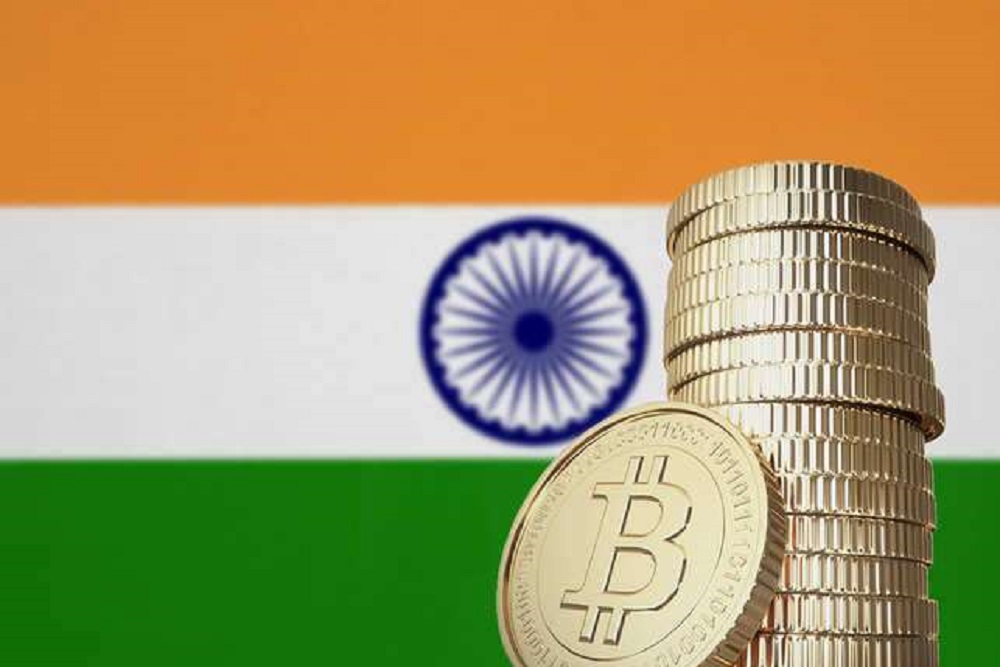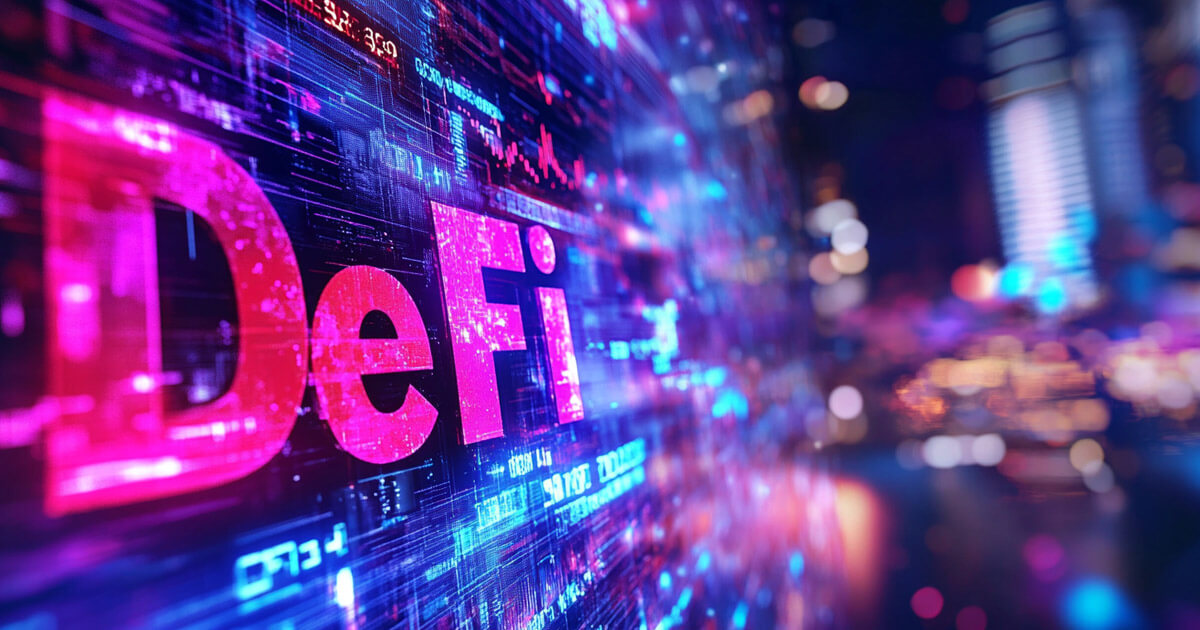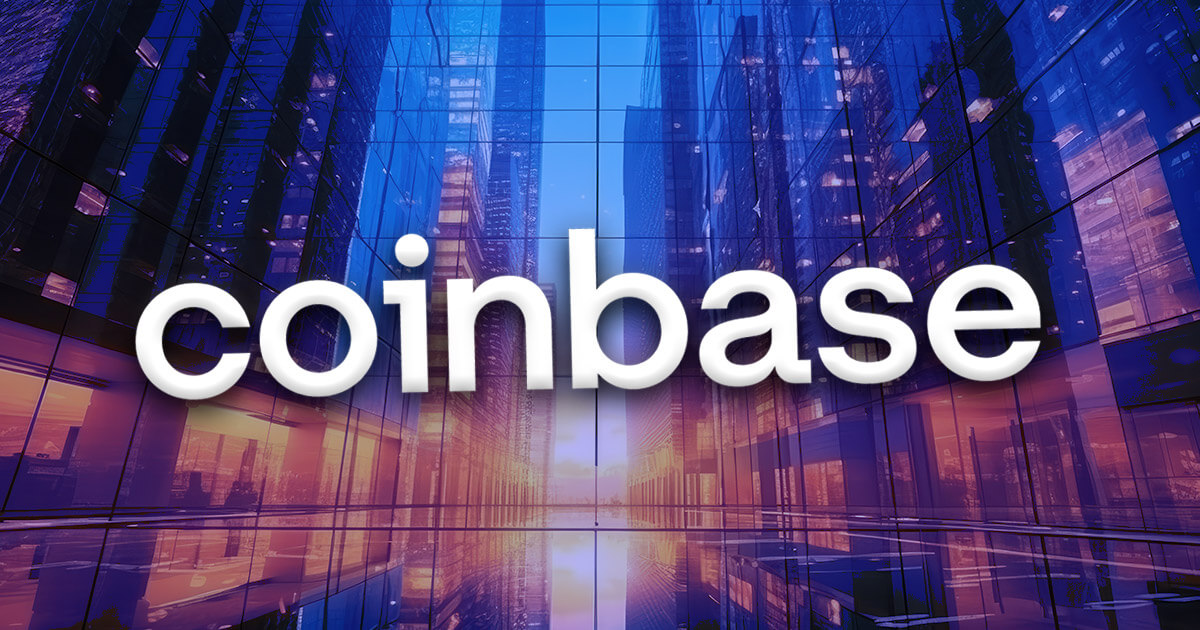Sumit Gupta, co-founder and CEO of CoinDCX, recently provided insights on India’s crypto tax regulations and their repercussions on the industry.
In an exclusive interview, Gupta highlighted the challenges and opportunities presented by the 2022 Union Budget’s introduction of taxes on digital currencies, classified under section 2(47A) of the Income-tax Act 1961 as virtual digital assets (VDAs).
Tax Framework and Its Immediate Effects
The 2022 Union Budget marked a turning point for India’s crypto economy by introducing formal cryptocurrency tax regulations. This move brought legitimacy and a structured regulatory path to a sector previously fraught with ambiguity.
However, the clarity came at a cost. The 30% tax rate on trading and mining profits and a 1% Tax Deducted at Source (TDS) on transactions posed significant burdens on retail traders. These high taxes led to a notable decrease in trading volumes, pushing a substantial part of the crypto economy underground or towards more tax-friendly jurisdictions.
Despite these challenges, Gupta and other industry experts support the formal recognition and structured environment the new regulations have provided. They argue that while the tax rates are high, the framework offers a foundation for future regulatory developments and potential adjustments.
Complexities in Taxation of Various Crypto Activities
A major point of confusion among investors is the different tax treatments for various crypto activities, including trading, mining, and staking. Trading and mining profits are subjected to a flat 30% tax, with no deductions or loss offsets allowed. This straightforward but stringent tax policy contrasts with the taxation of staking rewards, which are taxed according to the individual’s income tax slab, potentially resulting in a lower tax rate.
Gupta emphasized that the high tax rate and the disallowance of loss offsets for trading and mining can stifle entrepreneurship and innovation. These stringent policies may drive talent and capital to more favorable environments. The Web3 sector, including CoinDCX, is advocating for reducing the 30% tax rate on VDAs to make it comparable with other asset classes, such as securities, to foster growth and innovation within the industry.
Misconceptions and Compliance Challenges
One major misunderstanding is that all crypto activities are taxed at a flat 30% rate. Another is that staking rewards are only taxable upon sale. In reality, staking rewards are taxable at the time of receipt based on their market value. Additionally, trading losses cannot be used to offset other income types.
To help investors navigate these complexities, CoinDCX has partnered with KoinX, a platform that assists users in filing crypto taxes. This service allows users to track tax computations, connect multiple exchanges and wallets, and view real-time tax amounts for all crypto transactions, including NFTs and DeFi investments. Maintaining detailed records and seeking professional tax advice is crucial for investors to avoid pitfalls and ensure compliance.
Global Regulatory Influence and India’s Response
The discussions held during G20 meetings, especially those hosted by India, have been pivotal in shaping global cryptocurrency regulations. These consultations aim to develop comprehensive frameworks that individual countries can adapt. For India, the G20 discussions provide a template for regulatory clarity, ensuring a balanced approach that benefits all stakeholders.
One notable regulatory change in India is the inclusion of VDA transactions under the Prevention of Money Laundering Act (PMLA). This measure aims to enhance oversight and deter illicit activities. The regulation mandates strict adherence to Know Your Customer (KYC) and Anti-Money Laundering (AML) procedures, resulting in increased transparency and reduced risk of illegal activities.
Moreover, the Bharat Web3 Association has documented the successful implementation of these regulations, highlighting the industry’s active support and the pivotal role played by the Financial Intelligence Unit (FIU) of India.
Challenges and Advocacy for Tax Reforms
High-frequency traders in India face challenges due to the 1% TDS rule, which reduces liquidity and drives users towards offshore exchanges that do not deduct TDS. This shift has resulted in more than 95% of trading volumes moving to exchanges outside India, negatively impacting domestic players. The industry advocates reducing TDS to 0.01%, which would maintain government oversight while making the market more attractive for investors.
Despite the regulatory and tax burdens, CoinDCX has seen positive movement and user returns since the FIU-India blocked non-compliant offshore exchanges. However, many users remain with non-compliant exchanges, exposing them to potential risks.
The crypto industry remains hopeful that the government will consider reducing the tax burden on crypto transactions, particularly the TDS rate. A lower tax rate would create a more conducive environment for innovation and investment, aligning the crypto market with other asset classes and supporting the industry’s growth.
Credit: Source link















































